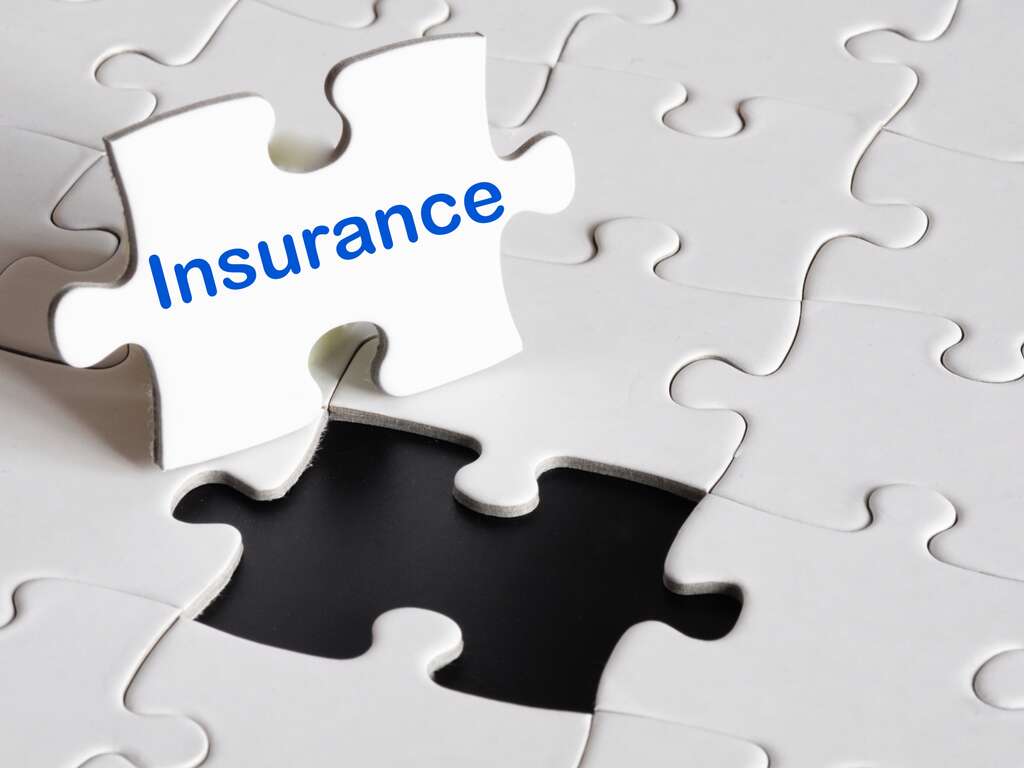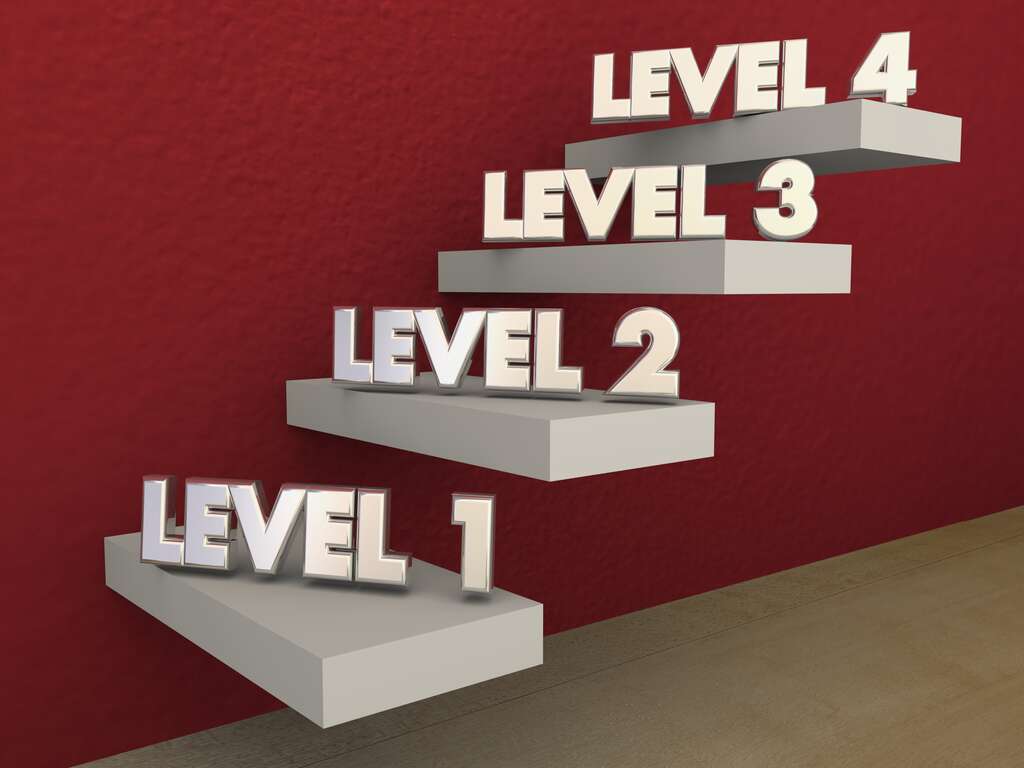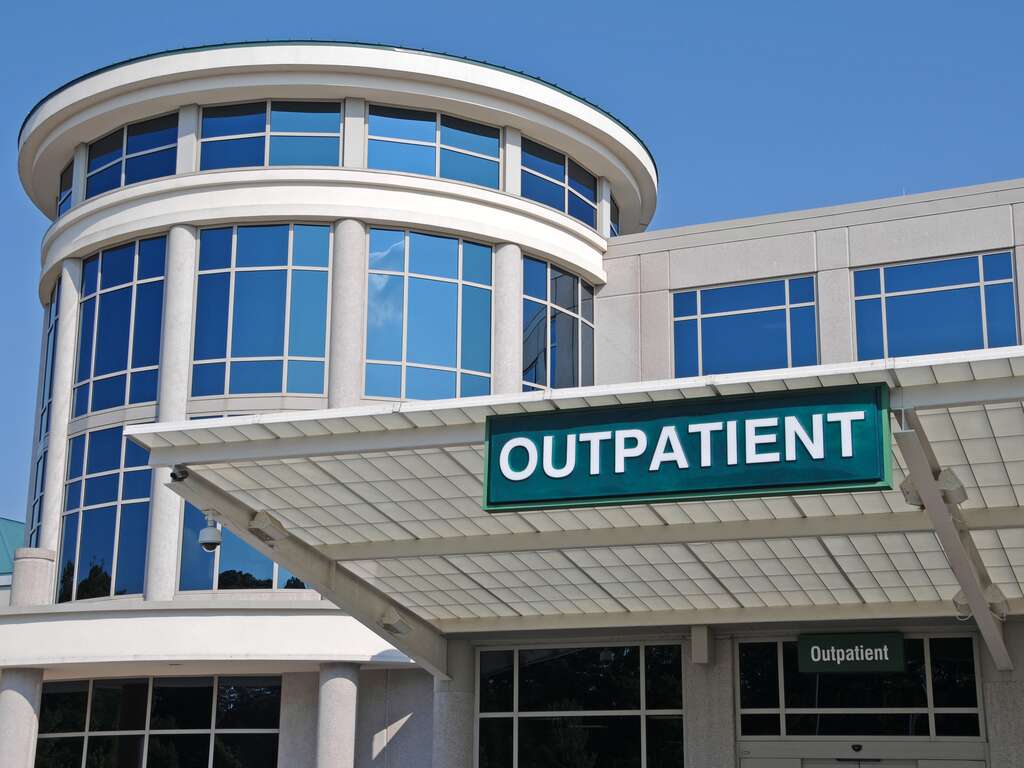Addiction treatment can be provided in various settings. If a person is seeking help for a substance use disorder, the first thing to decide will in an inpatient rehab, or an outpatient rehab.
This article will cover how to get help for drug abuse and other mental health conditions occurring from substance abuse.

What Are My Addiction Treatment Options?
Addiction treatment options many times are based on where you live and what you can afford. Effective treatments do not have to be expensive. Most will utilize their medical care insurance coverage. Not all insurance will cover an alcohol or drug rehab program. Most states have agencies that accept state insurance.
First Steps To Find Treatment for Drug Abuse
Starting with understanding what your cost will be is usually helpful. Many addiction treatment programs can verify your insurance for you, however, if you are a loved are able, it can be in your best interest to find this information out yourself.
Some drug addiction treatment programs accept insurance but are not “in-network” addiction treatment programs this means your out of pocket expense will be much higher.
Below are some first steps to research:
One: Private and State Insurance Companies –

Visit your insurance companies website to see if they are contracted with any addiction treatment facilities or a mental health professional that specializes in substance abuse in your the area you live.
Drug abuse can be tricky due to your environment. If you think it is better for you to receive drug addiction treatment out of your area, your insurance will have that facilities out of state.
If you have some private and state insurance, may limit you to stay within your state. Visiting the website is a great place to find information.
The benefit of an in-network facility
The benefit of an in-network facility is there are pre-negotiated rates for services regarding substance use disorder in place for all levels of care. When you call a facility they will easily be able to explain all fees for ongoing treatment.
Some insurance will require a referral from a primary care doctor, it is best to know this so you can schedule an appointment.

Two: Dimensions of Multidimensional Assessment
Levels of care refer to the type of program you start your addiction recovery. All programs offer different medical services and behavioral therapies within each level. The American Society of Addiction Medicine “ASAM” Criteria is the most comprehensive and acceptable guide for the placement and continuum of care for problematic substance use.
The therapeutic techniques cover six dimensions.
The goal of the six dimensions are to create a holistic, biopsychosocial assessment of an individual to be used for service planning and treatment across all levels of care.
Dimension 1 – Acute Intoxication and/or withdrawal potential
Assessment of a patients past and current drug use is very important. Addiction medicine doctors will need to know the details of each substance used and abused. In addiction any type of withdrawal symptoms current or past.

Dimension 2 – Biomedical Conditions and Complications
Going over with each patent their current and past medical history is very important to understand the correct placement to begin addiction treatment. If any substance withdrawal is present this will need to be addressed first.
Dimension 3 – Emotional, Behavioral, or Cognitive Conditions and Complications
Exploring with each patient their mental health, and their family history surrounding diagnosed mental disorders or mental illness is important. Every person with a substance use disorder has experienced a range of emotions. Some substance use can mask mental disorders. This dimension explores a patients current cognitive abilities and deciphers if there is any current mental health needs.

Dimension 4 – Readiness to Change
Willingness to change and showing interest in the process of treating substance abuse is a key factor. To be diagnosed with a substance use disorder, and not participate is the modalities required to live in alcohol or drug addiction recovery is not conducive to maintaining sobriety.
Dimension 5 – Relapse, Continued Use or Continued Problem Potential
Supporting a person as they go through levels of care it is important to recognize triggers and put plans in place to address preventing relapse.
Dimension 6 – Recovering/Living Enviornment
Social circles and family are important for those maintaining sobriety. This dimension looks at external situations that will help someone achieve their goals or hinder their recovery process.

Levels of Care in Addiction Treatment
Simple put, there are 4 levels of care. A person can enter at different levels and the goal is where they enter, they can continue through a continuum and learn strong coping skills and build support groups while improving self esteem and returning to a normal life.
Here is a list to explain the different levels of care:
Level 4 – Intensive Inpatient
This level of care is medically managed in a hospital. Usually when a person needs not only 24/7 care but there are co-morbid circumstances such as heart problems, delirium tremors from severe alcohol withdrawal, or other medical complications. Treatment is directed and managed by doctors.

Level 3 – Residential and Inpatient treatment
What makes inpatient/residential addiction treatment be a level of care is what they are licensed by the state to treat. The service provided are in a structured setting that is staffed 24/7.
There are 4 subsets of this level of care:
3.7 – Medically monitored intensive inpatient services –
Admission to a residential facility that provides medical detoxification for substance use disorder means 24/7 medical staff and all withdrawal management protocols are overseen by doctors. Withdrawal symptoms are common for certain substance use disorders and a person must be watched and checked on frequently. There are some facilities that contract out for medical services and others who have doctors on staff. This level of care is high risk for withdrawal symptoms but not in need of hospitalization.
3.5 – Clinically managed high-intensity residential services –
Withdrawal symptoms are present and the 24/7 supervision is needed. The professional help will include master’s degree therapists and drug counselors who facilitate daily therapy groups and address addictive behaviors, rational thinking, and how to prevent relapse.
3.3 – Clinically managed Population Specific High intensity residential services
At this level there is minimal risk of severe withdrawal and although there is medical monitoring it is not as frequent. Usually a person start to feel physically better and the true test comes to stay engaged in the treatment program. Daily group therapy, individual group therapy, and for some family therapy sessions become part of the daily tasks. Outside attendance at self help groups such as Narcotics Anonymous or Alcoholics Anonymous are encouraged.
3.1 – Clinically managed Low intensity residential services
There is no withdrawal risk at this level of care. The patient is active in addressing their substance use disorder and mental health. Co-occurring issues are addressed and the ability to set and achieve therapeutic goals are established.

Level 2 – Intensive Outpatient/Partial Hospitalization
This level of care has two subsets.
2.5 – Partial Hospitalization services
Someone can enter treatment at this level of care or step down from a high level of care. Most patients in this level of care are willing and addressing their substance use disorder and mental health with their support groups backing them up and recognizing change. The therapeutic techniques are similar to other levels of care but not done with 24/7 supervision. A patients coping skills are improved and they reside with family members, live with their spouse or on their own, or in a sober living environment.
A partial hospitalization treatment program can run 7 days a week and a patient can be stepped down to fewer days based on thorough evaluation.
2.1 – Intensive Outpatient services
Intensive outpatient programs “IOP” address addictive substances, negative thoughts, and offer therapy. If a person is stepping down from a higher level of care, they are often very committed to recovery and have a renewed overall health.
When a person enters an outpatient program as the first level of care, treatment for their addiction is reviewed and if needed medication assisted treatment “MAT” might be indicated.
Opioid addiction for those entering outpatient programs might be a fit for medications to prevent withdrawal.
Outpatient programs are usually three to five times a week with up to 3 hour session.

1 – Outpatient services
A person who utilizes outpatient services has often accomplished overcoming their drug addiction. Learning to live sober and develop a supporting support group while maintaining accountability is why they stay involved with therapy. Motivation to stay in touch with their drug counselor and have a safe place to talk if they experience negative consequences while staying sober is important.
Attending Alcoholics Anonymous and Narcotics Anonymous are encouraged for those who get something our of those self help groups.
OTP – Level 1
Opioid treatment programs “OTP” deal with opioid addiction. Those who are physiologically dependent on opioids might choose this type of treatment program. A person is ready to change their lifestyle but not completely ready for total abstinence, would enroll in and OTP program.
o.5 – Early Intervention
A person is pretty stable and willing to look at their drug use and mental health. They are in a place to question if their alcohol or drug use has caused problems with their family members, job, or friends. Usually addressing issues in therapy or seeing a drug counselor to determine if they are needing to change their ways.
In Closing
Questioning if a person’s substance use needs addiction treatment requires an evaluation. We have discussed options to find help by looking at private and state insurance, understanding the need for an assessment to determine if treatment is needed and what level of treatment is appropriate based on an assessment.
The National Institute on Drug Abuse (NIDA) does extensive research on advancing addiction science. The Substance Abuse and Mental Health Services (SAMSHA) has a hotline that will guide someone to find help in any state or city. To find treatment call 1-800-662-4357. This line is answered 24/7.



